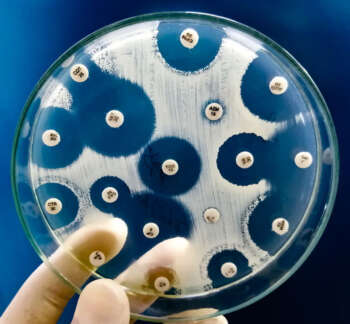Grams Staining
Gram staining is a common technique used to differentiate two large groups of bacteria based on their different cell wall constituents. The Gram stain procedure distinguishes between Gram positive and Gram negative groups by coloring these cells red or violet
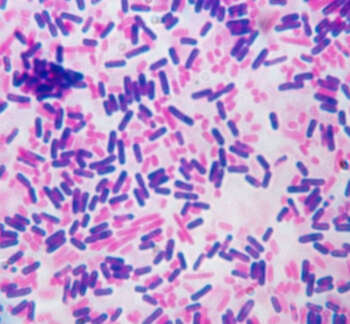
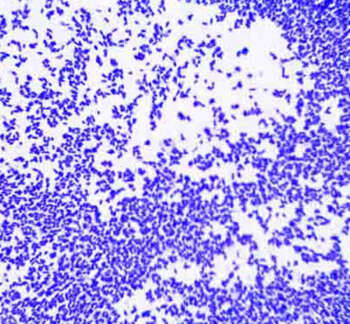
Acid Fast Staining
Mycobacterium and many Nocardia species are called acid-fast because during an acid-fast staining procedure they retain the primary dye carbol fuchsin despite decolorization with the powerful solvent acid-alcohol. Hence the name acid fast staining.
Fungal Culture
A fungal culture test is used to find out whether you have a fungal infection. The test may help identify specific fungi, guide treatment, or determine if a fungal infection treatment is working.
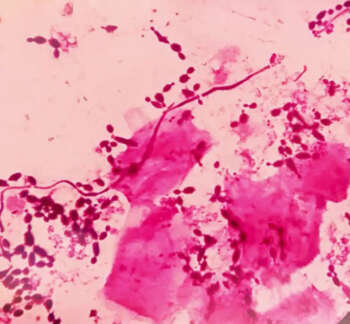
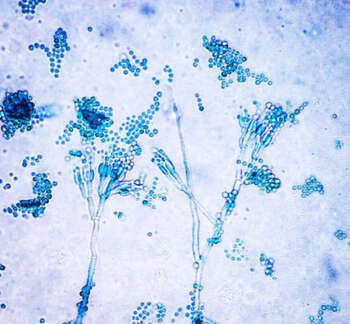
Lacto-phenol Cotton Blue Staining
Lactophenol Cotton Blue (LPCB) Staining method works on the principle of aiding the identification of the fungal cell walls. Fungi are eukaryotic organisms with both macroscopic and microscopic characteristics. The lactophenol cotton blue solution acts as a mounting solution as well as a staining agent.
Culture & Sensitivity From Urine/pus/swab/csf/exudate/throat/ Stool
In this test, a veterinarian carefully take a tissue sample or fluid sample from pets body in a sterile fashion and send it to a lab to see if bacterium will grow in it (culture). Any bacteria that grow from the culture will be tested against a variety of antimicrobials / antibiotics to find which medicine works best (sensitivity testing).
